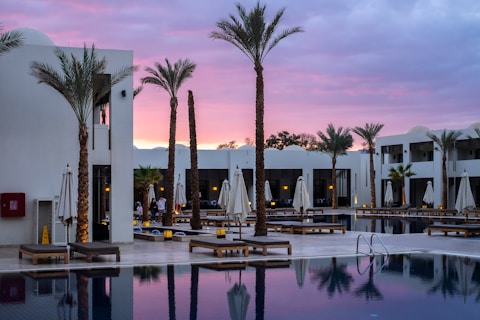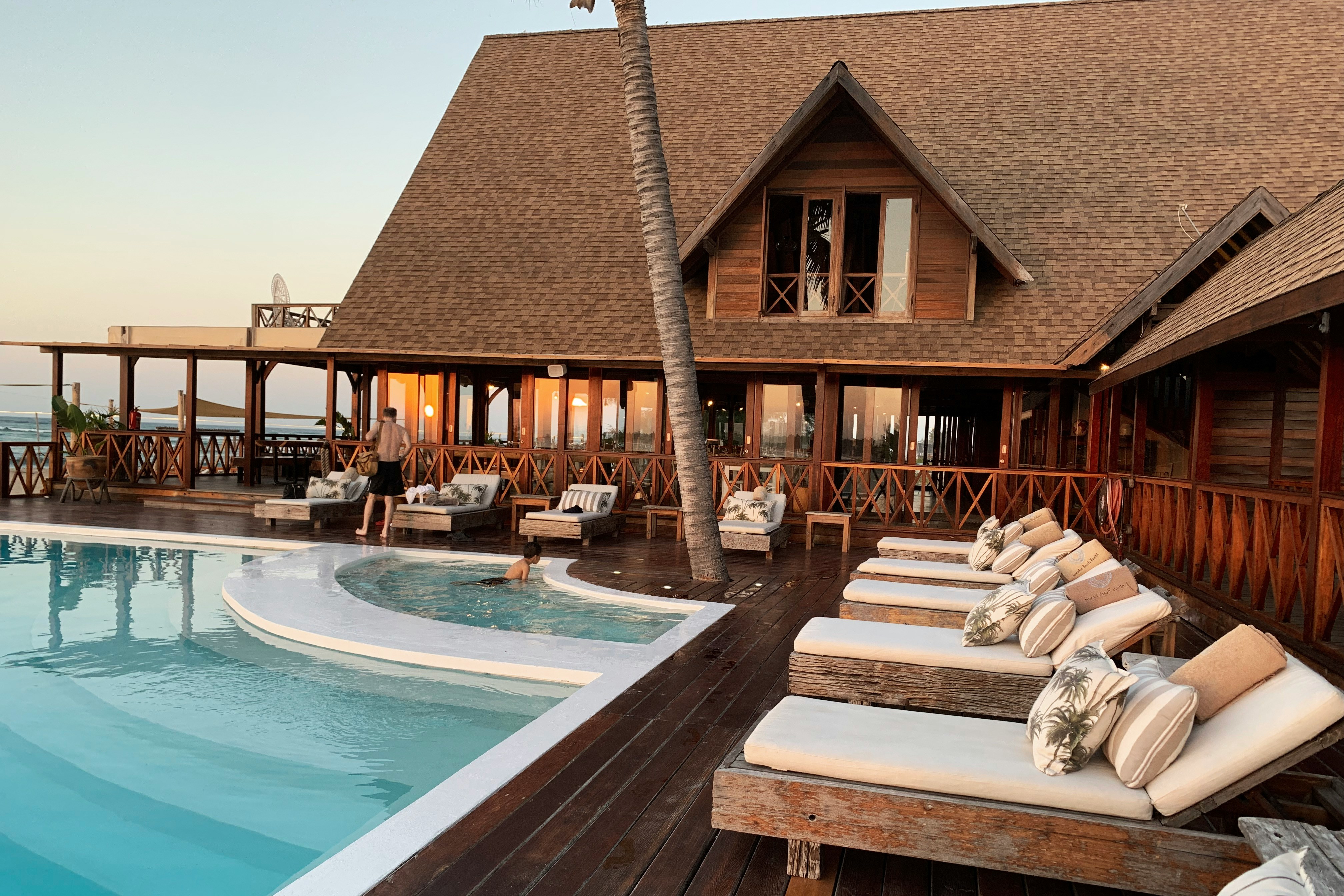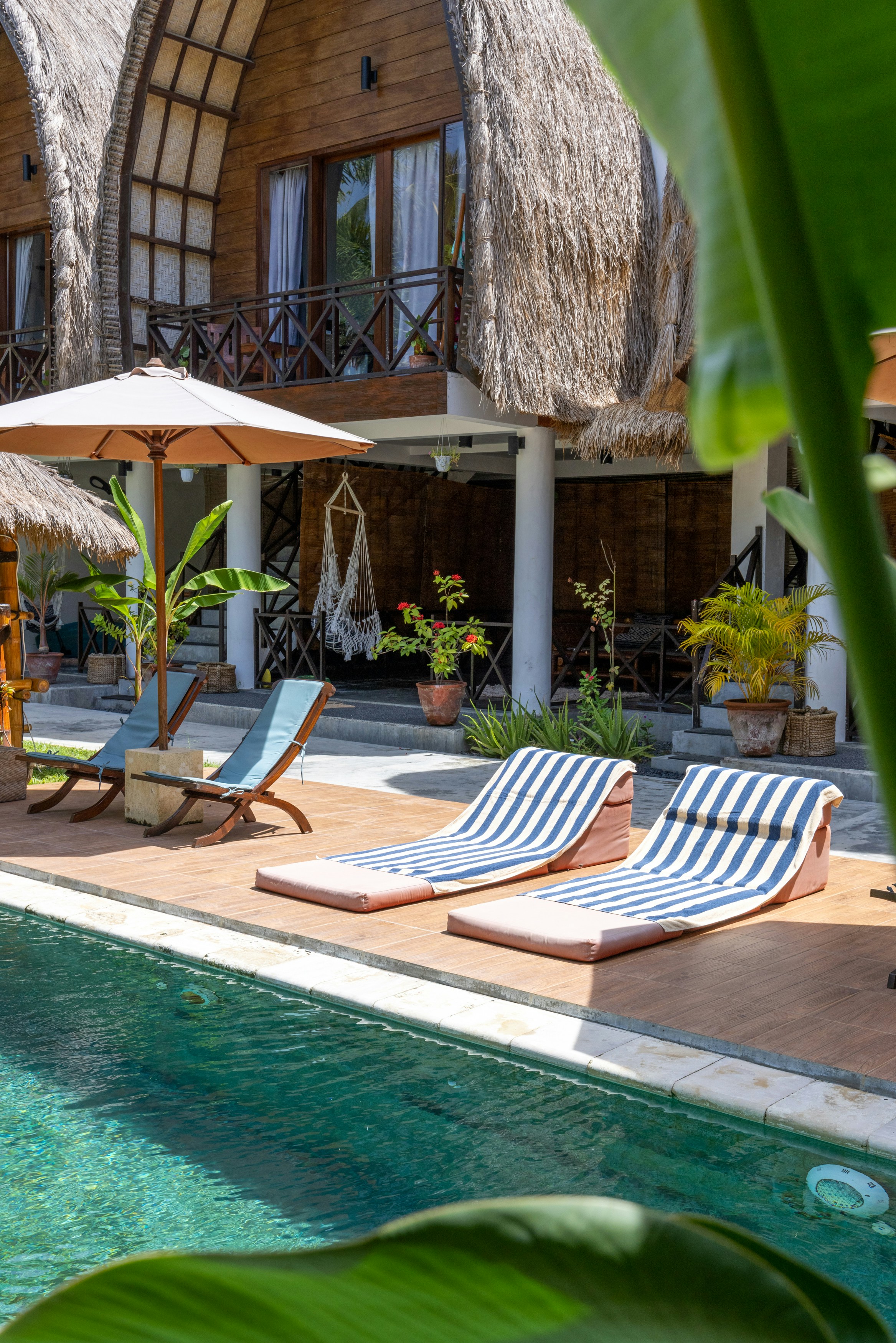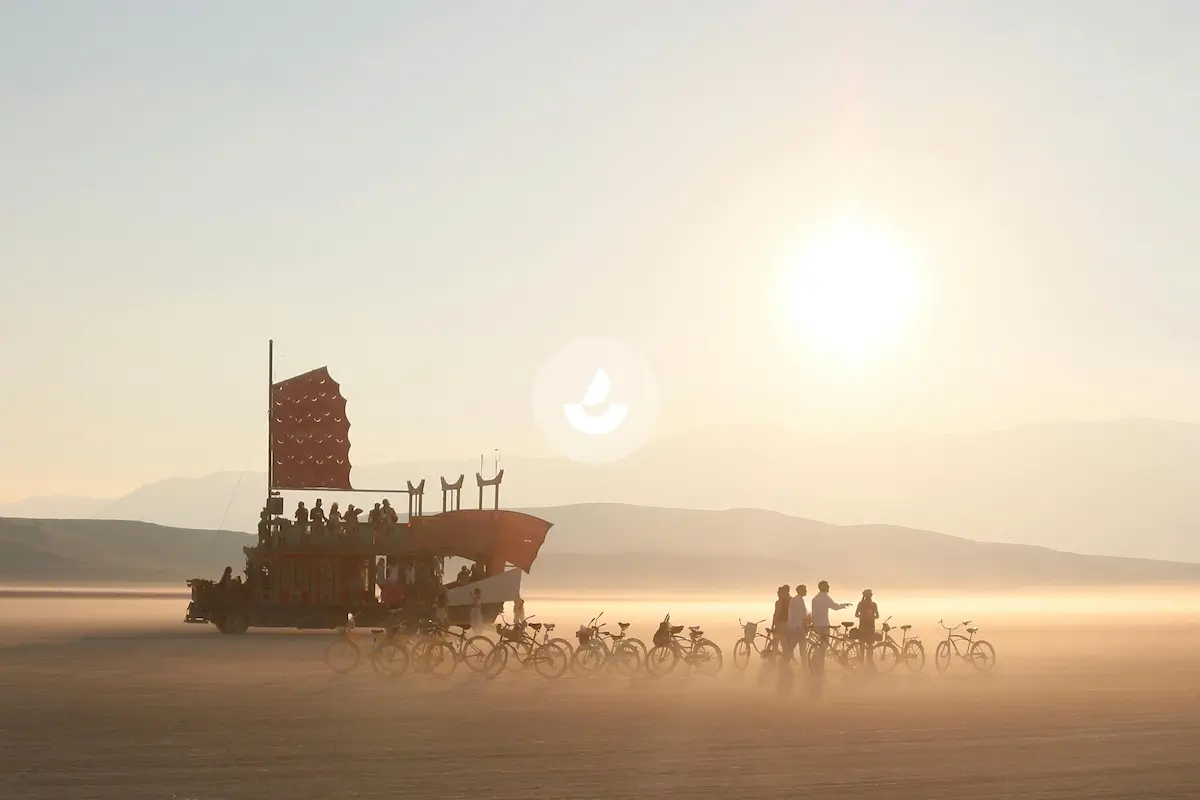De Bosset Bridge
De Bosset Bridge things to do, attractions, restaurants, events info and trip planning
Plan your stay

Affordable Hotels in Peloponnese, Western Greece and the Ionian
Find a cozy hotel nearby and make it a full experience.

The Coolest Hotels You Haven't Heard Of (Yet)
Find a cozy hotel nearby and make it a full experience.

Trending Stays Worth the Hype in Peloponnese, Western Greece and the Ionian
Find a cozy hotel nearby and make it a full experience.
Posts
The De Bosset Bridge (or De Bosset Causeway) is the largest stone bridge on a seawater body. It was constructed in 1813 when Swiss engineer Charles Philippe De Bosset was employed by the British Army. Thanks to his contribution in the form of study and construction of the bridge, Monsieur de Bosset was appointed as Governor of Kefalonia from 1810-1814 by the British, who reigned the Ionian Islands from 1809-1864. The town of Argostoli on the narrow Fanari peninsula projecting out from Argostoli Gulf was the commercial nerve center for the villagers on the island. However, the inlet separated Argostoli from mainland Kefalonia, making it compulsory to travel around the perimeter (unless you were traveling south). The British governors witnessed local opposition when they drew plans to link the two sides of the inlet at its narrowest part by building a wooden bridge from the southern harbor side of Argostoli to Drapano, a small village 950 meters across the water. The to-be-solved transportation problems of the villagers allayed their fears about possible invasions and the De Bosset Bridge was completed in two weeks. The little strength of the bridge called for its remodeling in 1842. Baron Everton gave the bridge a new appearance and rebuilt it with stone using materials from Metela Hill. As you pass by the bridge upon arrival in the island's capital, a four-faced symmetrical obelisk made of carved rocks rises from the sea. This monument, called Kolona, existed since 1813 and was the Kefalonian Parliament's symbol of gratitude to Great Britain. The obelisk had a plaque in four languages: Greek, English, Italian, and Latin, with the inscription To the glory of the British Empire, which was mysteriously stricken in 1865 when the Greeks regained control of the island. Since then, the inscription has changed according to the different ruling periods. A small walkway connecting the obelisk to the bridge used to be apparent but has disappeared now. The disastrous earthquake of 1953 hit one-third of the bridge on Argostoli's side. The bridge and the obelisk survived the earthquake, but like the whole city, it required extensive restoration using modern concrete building methods. The bridge remained the boundary between the sea and Koutavos lagoon and, periodically, several arches were added on the side of the bridge of Argostoli to impart additional strength to the bridge. Koutavos Lagoon, created as a result of the bridge, has become a breeding site for the Loggerhead turtles that favor the south end of the lagoon. The salt marshes and the shallow water have made the area a sanctuary for aquatic birds thriving on the available resources. Further across the north end of the bridge, about 200 meters along the road to Dilinata, the British cemetery of Kefalonia can be found, where over two hundred British Servicemen rest as well as their wives, children and a handful of civilians that had served Kefalonia as British servicemen or have called the place home. Increased advancements in technology and its easy availability affected the local traffic that comprehensively weakened the bridge to such an extent that it was closed in 2004 to all vehicles for extensive repair. The bridge was back in service in 2005 but with a few changes, like a 2-tonne weight limit imposed upon cars and motorbikes and making the bridge a one-way route. So, you will have to drive around the lagoon at least once unless you are heading south. Enjoy!
coachstam
20
The 'De Bosset Bridge' is located in Argostoli on Kefalonia - when visiting/in Argostoli you can not miss this very prominent landmark connecting the two coastlines. Apparently, it is the largest stone bridge stretching across seawater and was constructed in 1813 by Swiss engineer Charles Philippe De Bosset at the request of the British, who governed the Ionian Islands from 1809-1864. If in Argostoli it is worth a walk along the wall one evening, but do keep an eye out for the loggerhead sea turtles that regularly appear during the breeding season - watch for a head coming up to take a breath before disappearing beneath the water again.
Angus Carpenter
20
This is a cool bridge with great views over Argostoli and it’s Marina. It is a stone bridge built in 1813 over the bay and is the longest stone bridge over the sea in the world. Lovely to take a walk over it and back. It’s fascinating that often the water is much calmer on one side than the other (because of the protection from the wall). This whole area around is the harbour is lovely to wander about and cafes for a drink along the way.
Sue Vogt-Skard
40
Certainly the main attraction of Kefalonia's capital is this stone bridge. It dates back to early 19c being built by a Swiss engineer De Bosset. It spans the entire Argostoli bay and with its almost 700 m is the world's longest stone bridge over sea. Bridge height is low, slightly above sea level, so when crossing it feels like walking on water. The bridge is one of very few things that survived the devastating 1953 earthquake
Dejan Braki
10
A highlight in Argostoli is its longest stone bridge in the world over a sea (at almost 700m), a marvel of ever-changing colors. Built in the early 19th century, it withstood several earthquakes, in particular the tragic 1953 one which flattened the city. It zigzags across the shallow bay, giving strollers time to watch rich marine life all around. A delightful walk at all times of day and night.
cécile explore
00
Great engeneering, great bridge. Nice walk whith nice view on Argostoli, on lake and port. Ideal for morning and evening walks and nice pictures. The De Bosset Bridge (formerly Drapano Bridge) is a stone bridge built in 1813 over the bay of Argostoli in Kefalonia. At 689.9 meters, it is the longest stone bridge over the sea in the world. Charles de Bosset became island governor in 1810.
Zoran Jovanovic
10
Nearby Attractions Of De Bosset Bridge
Vallianos Central Square of Argostoli
Βοτανικός Κήπος Κεφαλονιάς
Ίδρυμα Υιών Παναγή Φωκά–Κοσμετάτου
Archaeological Museum of Argostoli

Vallianos Central Square of Argostoli
4.7
(513)
Click for details

Βοτανικός Κήπος Κεφαλονιάς
4.2
(117)
Click for details

Ίδρυμα Υιών Παναγή Φωκά–Κοσμετάτου
4.4
(19)
Click for details

Archaeological Museum of Argostoli
3.2
(12)
Click for details
Nearby Restaurants Of De Bosset Bridge
Ladokola
Aristofanis Restaurant
Baroque le Bistrot
Grill House - O Gyros tis Plateias - Argostoli
Spathis Bakery
Grillhouse Spyros
Premier Restaurant Argostoli kefalonia
Soulatso Cafe
Draught Grill & Beerhouse
Οίνοψ wine bar restaurant

Ladokola
4.5
(1.1K)
Click for details

Aristofanis Restaurant
4.2
(951)
Click for details

Baroque le Bistrot
4.5
(798)
$$
Click for details

Grill House - O Gyros tis Plateias - Argostoli
4.2
(779)
Click for details
Basic Info
Address
Epar.Od. Argostoliou - Pessadon, 281 00, Greece
Map
Reviews
Overview
4.8
(336 reviews)
Ratings & Description
cultural
outdoor
scenic
Description
The De Bosset Bridge is a stone bridge built in 1813 over the bay of Argostoli in Kefalonia. At 689.9 meters, it is the longest stone bridge crossing the ocean in the world.
attractions: Vallianos Central Square of Argostoli, Βοτανικός Κήπος Κεφαλονιάς, Ίδρυμα Υιών Παναγή Φωκά–Κοσμετάτου, Archaeological Museum of Argostoli, restaurants: Ladokola, Aristofanis Restaurant, Baroque le Bistrot, Grill House - O Gyros tis Plateias - Argostoli, Spathis Bakery, Grillhouse Spyros, Premier Restaurant Argostoli kefalonia, Soulatso Cafe, Draught Grill & Beerhouse, Οίνοψ wine bar restaurant

- Please manually select your location for better experience

